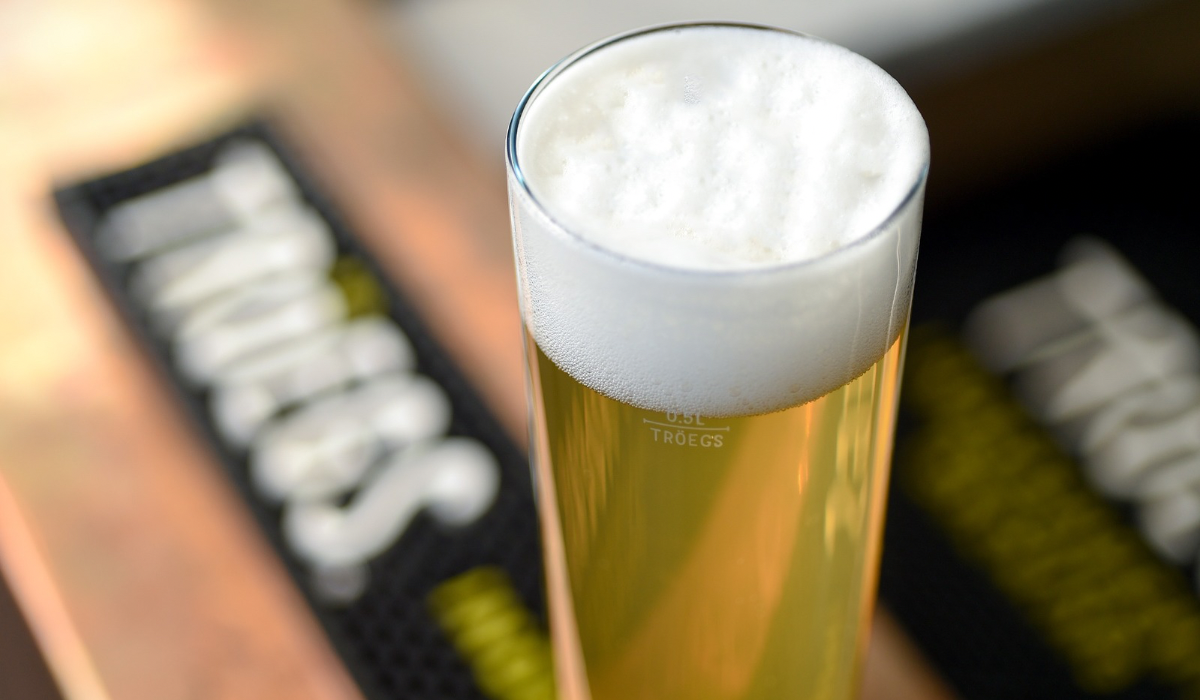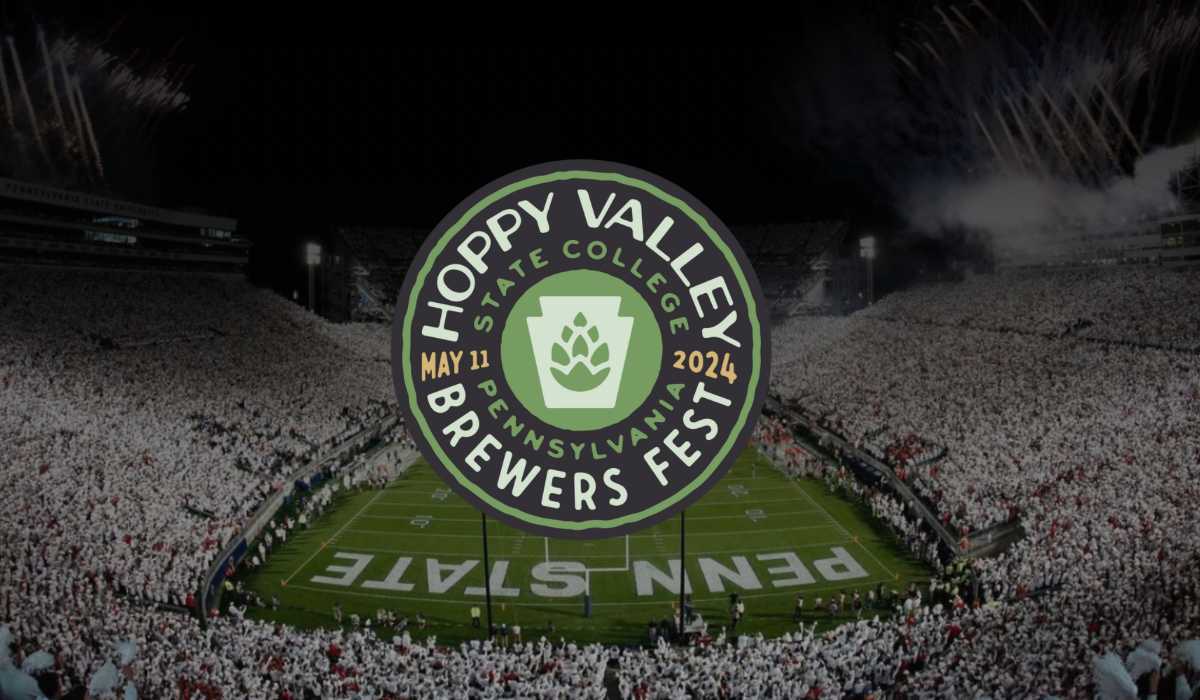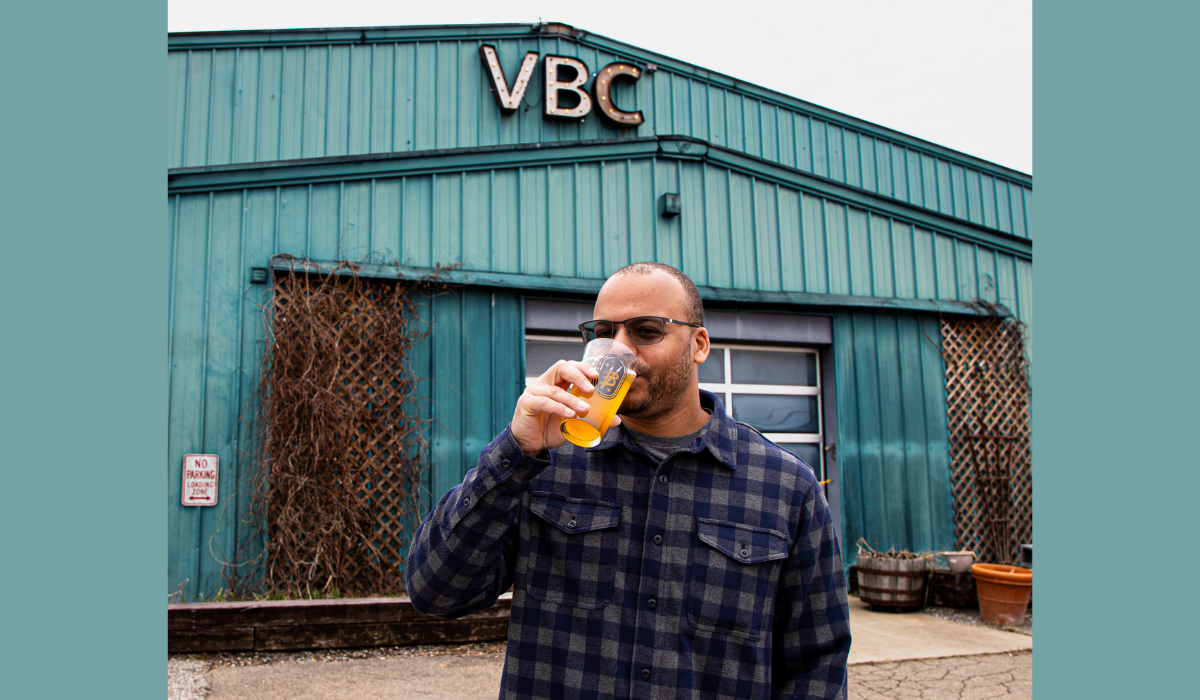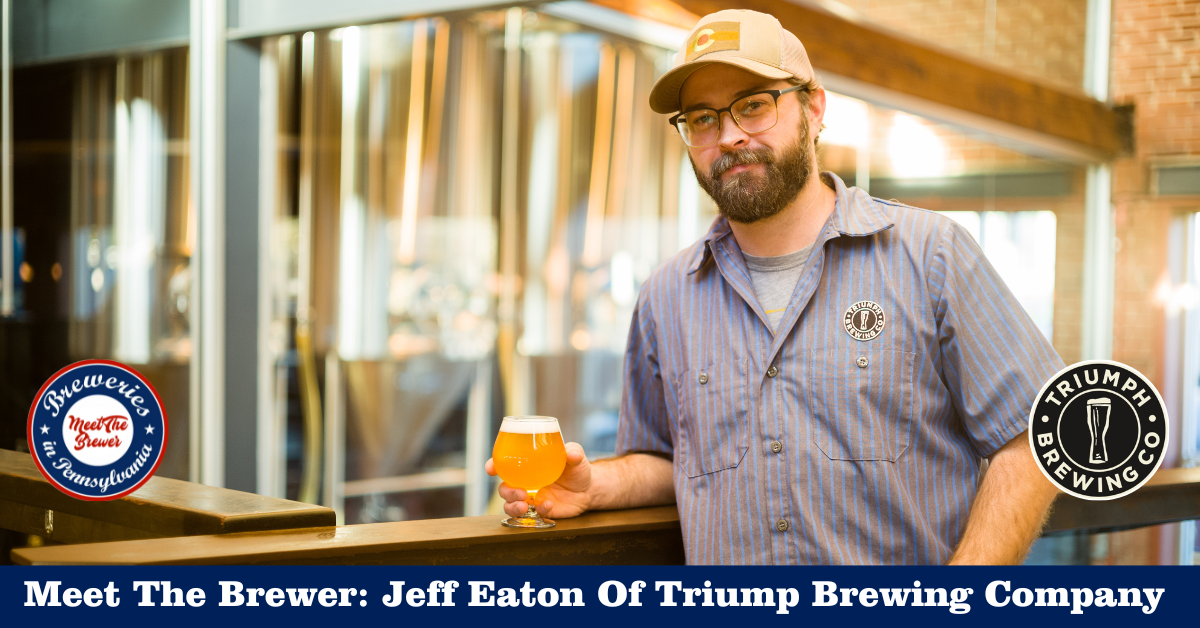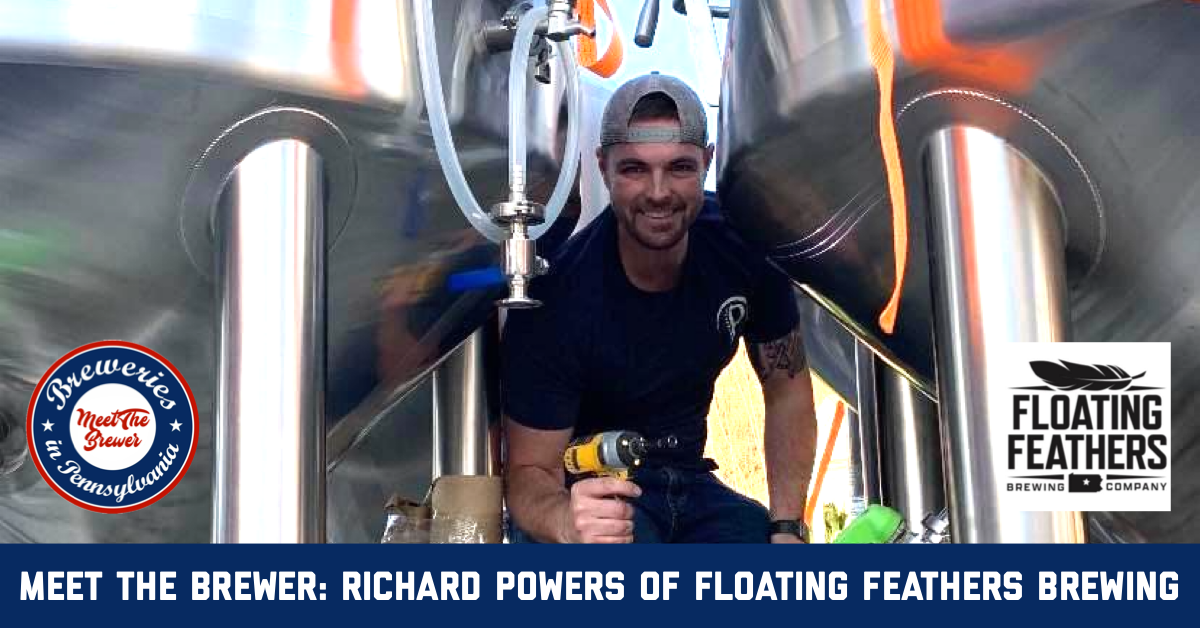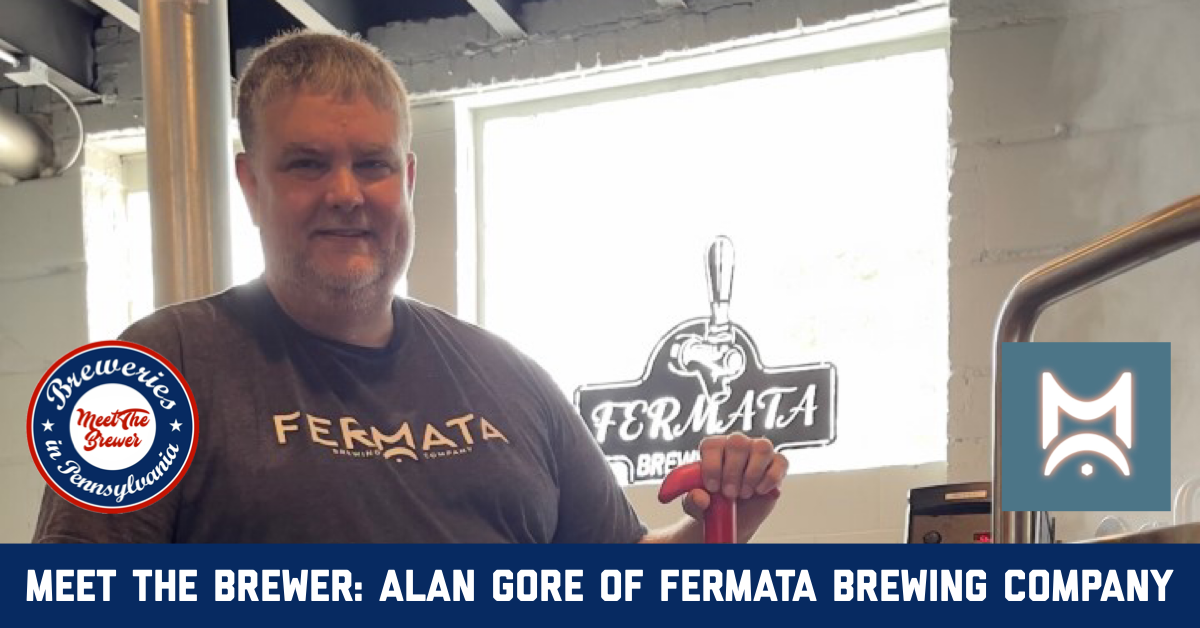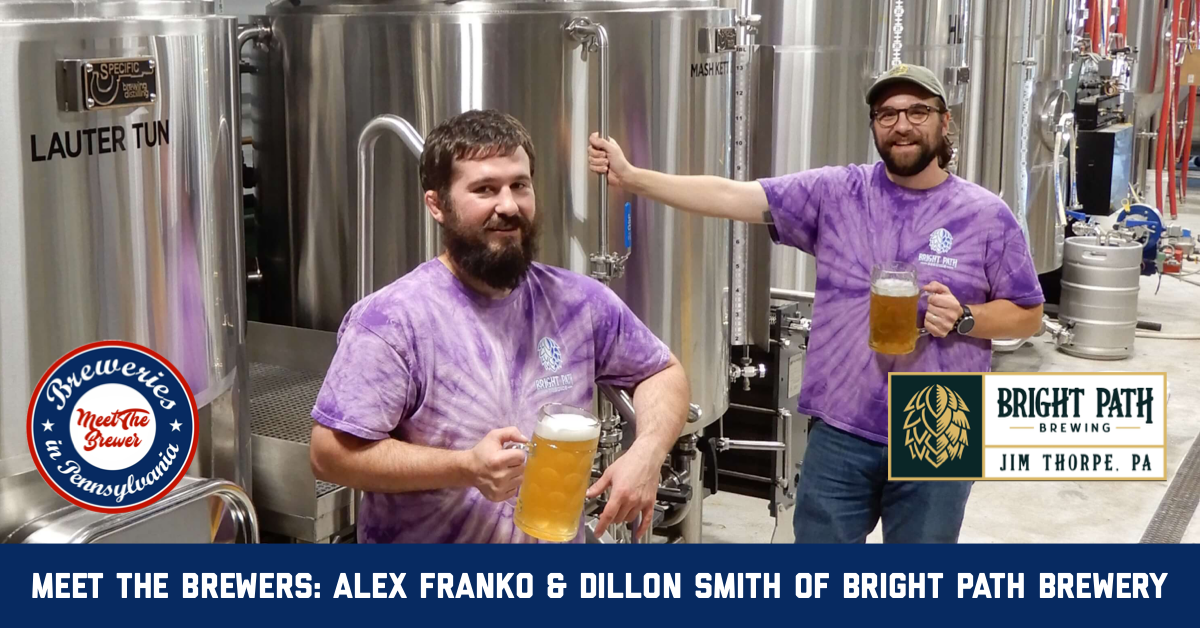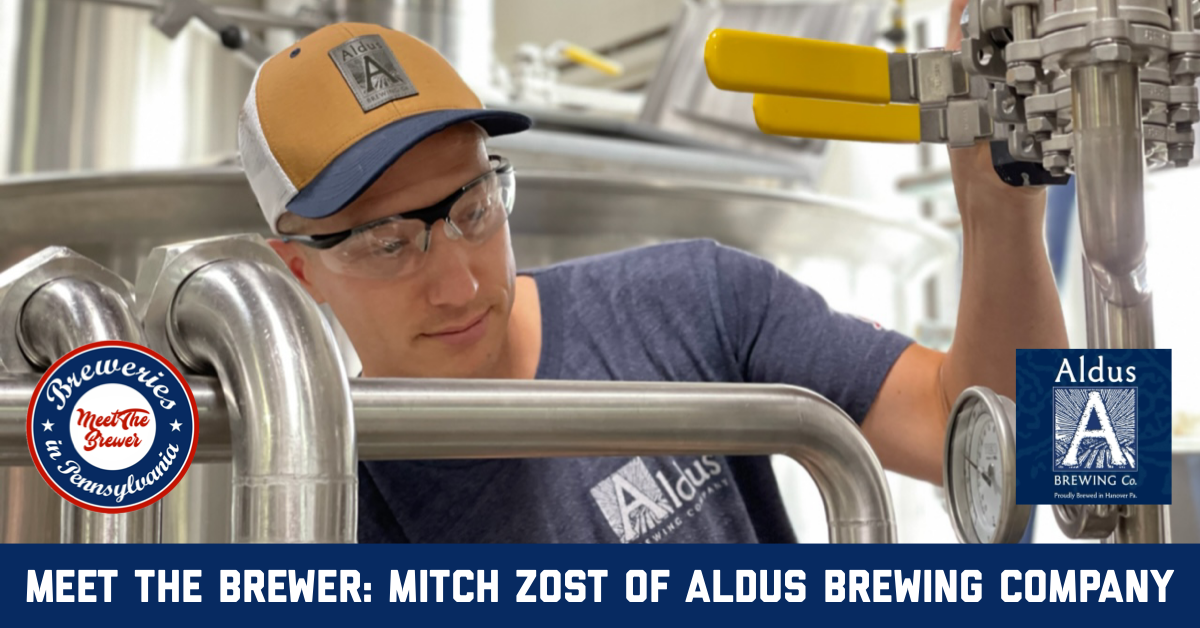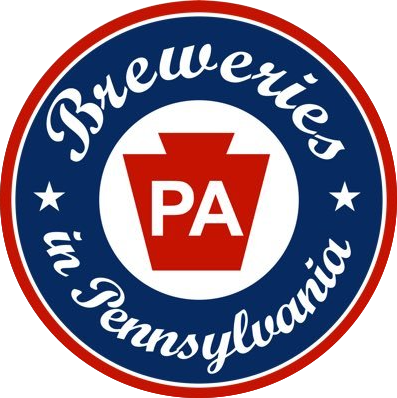Welcome to our “Meet The Brewer” series! Where we interview brewers in Pennsylvania, from breweries small to large. Let us know if you know anyone who should be featured, email us at [email protected].
Wyndridge Farm has been brewing since 2013, on its 77-acre farm in Dallastown, PA. In 2020 when its craft beer line was rebranded and launched as Winding Path Brewing Company. The brewery utilizes a 30-barrel automated brewhouse with a 30,000 barrel per year fermentation capacity. Irena Wise is the head brewer at Wyndridge Farm/Winding Path Brewing. Read more to find out her introduction to beer, where she sees the craft beer industry heading, and more!
What was your introduction to craft beer?
My introduction to craft beer was Bell’s Oberon, followed by Henry Weinhard’s Blue Boar, combined with living in the city of Portland, OR for seven years. Oberon was the first craft beer to sneak into the cooler at Bierzynski family parties (my maiden name) back in the ‘00s in Detroit. Henry Weinhard’s pale ale, a Portland staple, was the first craft beer discoverable by liberal arts college undergraduates in 2007. While that name rarely shows up on craft beer listicles these days, it holds a special place in my heart. Finally, spending my undergraduate years in Portland, I was surrounded by craft beer festivals and releases and myriad other brewing events. Living there, I really saw how much art, science, and work goes into brewing, along with the infinite flavors that are possible in beer.
How did you get started as a brewer?
I got started by home brewing and working for free, just like most of us. During my last semester of college, I was able to schedule a full day off on Tuesdays. My friends and I would alternate between snowboarding one Tuesday and brewing the next. We’d do our homework during the mash rests and while waiting for the wort to cool down post-boil. We had a lot of waiting around to do because our system was pretty low tech. It was just a stockpot and an auto-siphon. So, it’s no surprise that I didn’t pick up much from that experience. In those days, I was just following instructions without understanding the reasoning behind them. By the time I got my first brewery job, I still couldn’t tell you something as basic as what the malt contributes to the brew versus what the hops do. Luckily, I was also able to volunteer on bottling days at a local brewery and get face-to-face time with some full-time brewers. When a job opened up there in August of 2011, they gave me a chance and let me start in the cellar. It was at that first job that I learned the fundamentals of brewing, recipe design, fermentation, and best practice.

What style allows you to be the most creative, and why?
In my experience, sour beers allow me to be the most creative. The creativity goes into making them quickly, cleanly, and reliably, as opposed to going into the ingredient combinations. I also have to be creative in order to keep up with the normal production of traditional beers in the same facility! At Winding Path, our most popular sour is a pretty basic combination of ingredients. It’s a Berliner-style Weisse with raspberries added during secondary fermentation. The people of Berlin have been drinking Raspberry Berliner Weisse for centuries, so that’s nothing new. The difficult part for me and my team was using our existing equipment to make a kettle sour for the first time. We had to find a way to bring CO 2 to the kettle and then find a way to purge the kettle. We had to make sure to purge the oxygen from every bit of pipework associated with the kettle. We had to find a way to route wort from the kettle to the heat exchanger and back to bring it down to souring temperatures. We had to find a way to hop the wort without destroying our hop-intolerant strain of lactobacillus. We tackled all of these challenges, and when our first batch of kettle-soured wort soured cleanly in 72 hours, it was really satisfying!
What was the first beer you ever brewed, and what did you learn from it?
The first beer I ever brewed professionally was a brown ale. It was my first recipe, which I created under the guidance of my mentors at Lompoc Brewing in Portland. I learned that brown ales don’t sell very well! I learned that, unfortunately, you can do a great job making your favorite style, and the kegs will just sit in the cooler if there’s no demand for it.
Where do you see the craft beer industry heading in the next few years?
I think we’re going to keep seeing hazy IPAs and slushies, for better or for worse. I do my best to promote other styles within our lineup, and I do my best to buy other styles when I’m out in the community. We do a disservice to ourselves, our community, and potential craft beer fans when we limit ourselves to only offering IPAs. But, we have to accept that mastering IPAs and the subtle distinctions between their subcategories (West Coast, East Coast, milkshake, etc) is going to be what keeps the lights on for us brewers for the foreseeable future. From a personnel standpoint, I think the industry is going to continue to diversify. We see more and more female head brewers every day. While the industry has traditionally been staffed by bearded dudes, it’s shown that it reacts positively to people of other identities stepping into those roles beside them.
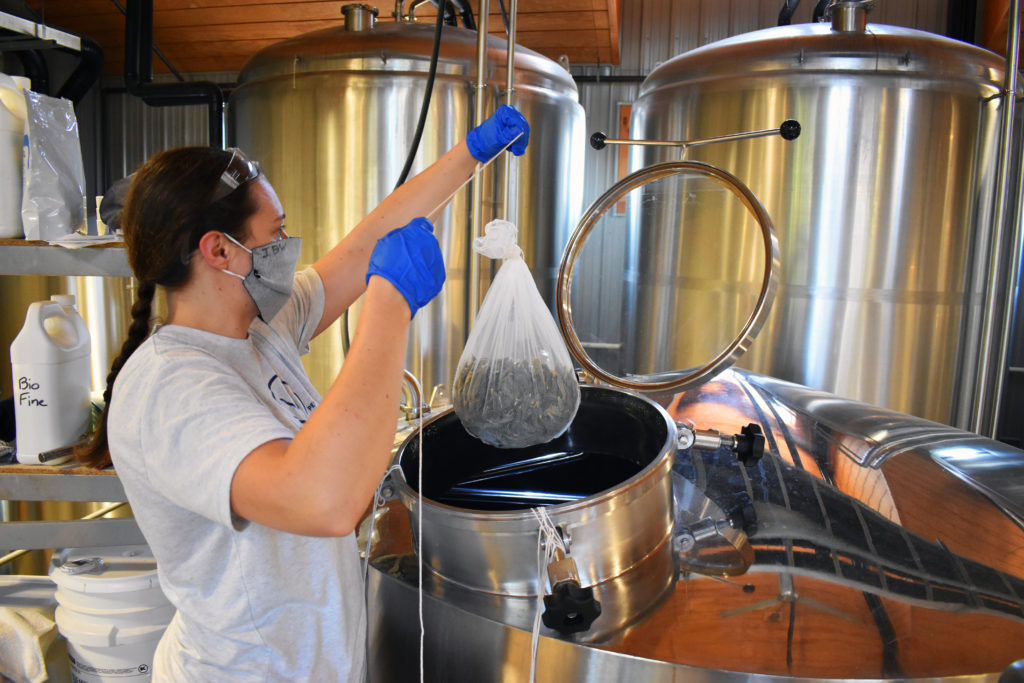
Describe what it’s like to be a brewer in Pennsylvania.
Being a brewer in Pennsylvania is rewarding because I feel valued. My skills are much more valuable here than they were on the West Coast. Out in Oregon, I felt replaceable. Out here, there’s a lot more job security and better benefits. There are fewer craft beer-focused events out here, but that’s fine. I get more time at home with my family and my life feels more balanced. I really look forward to the Pink Boots meetups and beer releases that I do get to attend here.
What is the inspiration behind your beer names?
The inspiration behind my beer names is, currently, being straightforward. When my team and I were deciding how we would name Winding Path beers, we agreed that the name should tell consumers what the beer is. For example, our Passion Fruit Lemongrass IPA is an IPA with, you guessed it, passion fruit and lemongrass. When I’m at a craft beer bar with a lot of taps on a crowded Saturday night, I just want to pick a beer quickly and get back to chatting with my friends. I assume other craft enthusiasts feel the same. So, we give our beers names that are quick, easy, and self-explanatory to consumers as they’re making a decision in the distributor or at the bar.
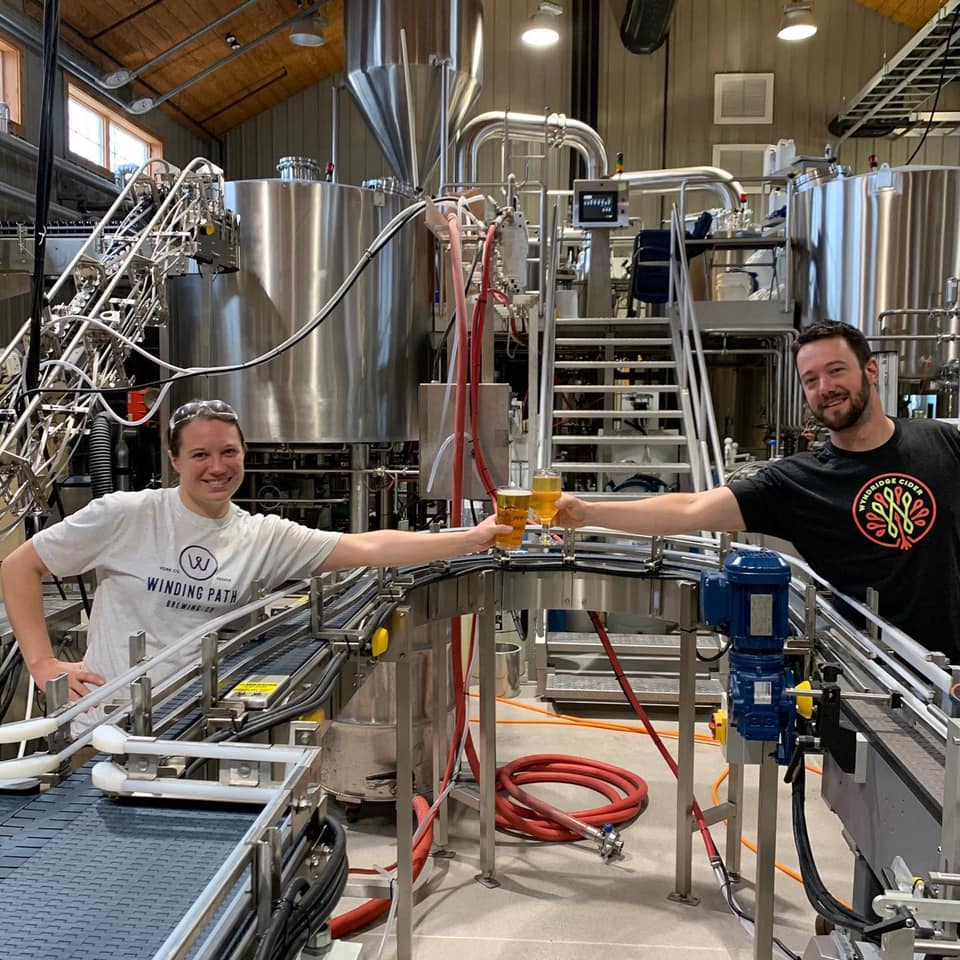
What is your favorite beer to drink right now?
Bell’s Two Hearted. Always.
What is the most important lesson you learned in the beer industry so far?
The most important lesson I’ve learned in the beer industry so far is Always Be Tasting. Taste the malt, taste the wort, taste green beer at the end of primary fermentation. If you have other brewers on your staff that check gravities, show them how to smell and taste the beer. We’ve caught a lot of fixable issues, such as a tank that needs to be dropped, just from tasting green beer. When making the first batch of our spruce IPA, my team and I tasted the green beer along with a bunch of dry hop samples, then decided how to dry hop it. Training your own senses and using them to monitor ingredients and fermentations is your best tool for achieving consistency and developing new products.
Thank you to Irena for talking with us! Make sure you visit Wyndridge Farm for all the latest beers, news, information, and special events. And also follow Wyndridge Farm on Facebook, Instagram, and Twitter.






